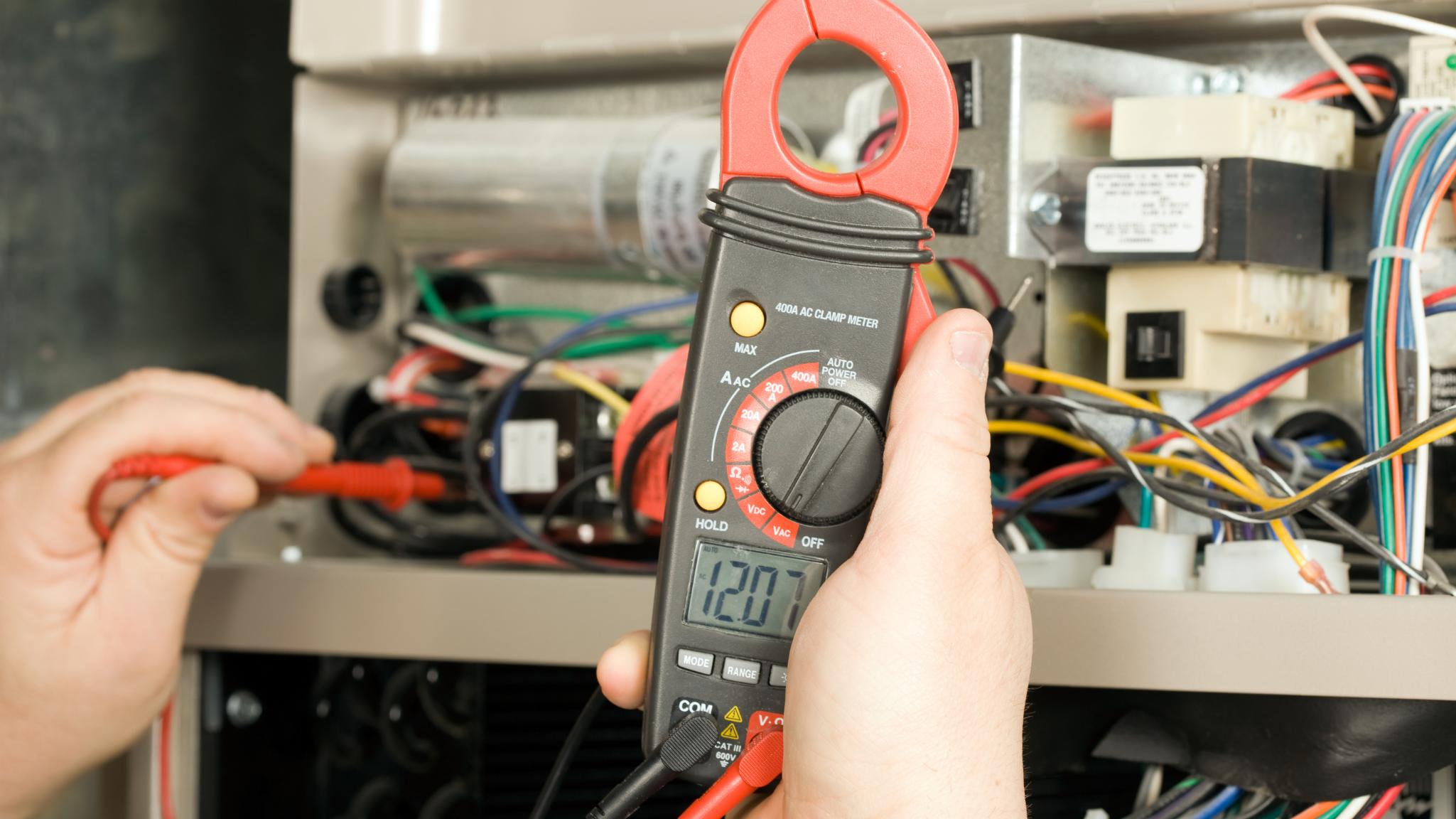
Why Consider Furnace Replacement?
When it comes to the comfort of your home, a reliable and efficient furnace is essential, especially during the colder months in Brea, California. However, over time, furnaces can become less efficient, require frequent repairs, or even break down completely. In such cases, furnace replacement becomes a necessary investment.
By replacing your old furnace with a new one, you can enjoy several benefits:
- Improved Energy Efficiency: Newer furnace models are designed to be more Energy-efficient, helping you reduce your carbon footprint and save on energy costs.
- Enhanced Comfort: A new furnace can provide better heating distribution, ensuring a consistent and comfortable temperature throughout your home.
- Reduced Repair Costs: If your old furnace is constantly breaking down, replacing it can save you money on frequent repairs and maintenance.
- Increased Home Value: Upgrading your furnace to a newer and more efficient model can boost the value of your home.
Factors to Consider for Furnace Replacement
When it comes to deciding on a furnace replacement, there are several factors you should consider:
1. Energy Efficiency
Eco-friendly heating and cooling systems are becoming increasingly popular due to their positive impact on the environment and long-term cost savings. Look for furnaces with high Annual Fuel Utilization Efficiency (AFUE) ratings, as they indicate how efficiently the furnace converts fuel into heat. Energy-efficient furnaces can significantly reduce your energy consumption and lower your utility bills.
2. Proper Sizing
Choosing the right-sized furnace is crucial for optimal performance and energy efficiency. An oversized furnace will cycle on and off frequently, leading to energy waste and increased wear and tear. On the other hand, an undersized furnace will struggle to heat your home adequately. A professional HVAC technician from Tradewind HVAC can assess your home’s heating needs and recommend the appropriate furnace size.
3. Fuel Type
Consider the available fuel options for your furnace replacement. Common fuel types include natural gas, oil, and electricity. Natural gas is often the most cost-effective and environmentally friendly option, but it may not be available in all areas. Oil furnaces are less common but can be a suitable alternative in areas without natural gas infrastructure. Electric furnaces are generally more expensive to operate but may be the only option in some situations.
4. Budget
Set a budget for your furnace replacement project. Consider the upfront cost of the furnace, as well as any additional installation or modification expenses. While it may be tempting to opt for the cheapest option, keep in mind that higher-quality and more energy-efficient furnaces can provide better long-term value.
5. Warranty
Check the warranty offered by the manufacturer for the furnace you are considering. A longer warranty period indicates the manufacturer’s confidence in the product’s quality and durability. Additionally, make sure to understand the warranty terms and any conditions that may void the warranty.
6. Professional Installation
Proper installation is crucial for the optimal performance and longevity of your new furnace. Hiring a professional HVAC technician from Tradewind HVAC ensures that the installation is done correctly, maximizing energy efficiency and avoiding potential issues down the line. Professional installation also ensures compliance with local building codes and regulations.
Energy-Saving HVAC Upgrades
In addition to furnace replacement, there are other energy-saving HVAC upgrades you can consider to further enhance your home’s energy efficiency:
1. Programmable Thermostats
Upgrade to a programmable thermostat that allows you to set different temperature schedules throughout the day. This way, you can reduce energy consumption when you’re not at home or during the night while still maintaining a comfortable temperature when needed.
2. Zoning Systems
Zoning systems divide your home into different zones, each with its thermostat. This allows you to heat or cool specific areas of your home as needed, minimizing energy waste. Zoning systems are particularly beneficial for larger homes or multi-story buildings.
3. Duct Sealing and Insulation
Leaky ducts can result in significant energy losses. Consider having your ductwork inspected, sealed, and properly insulated to prevent air leaks and improve energy efficiency.
4. Regular Maintenance
Once you have your new furnace installed, it’s important to schedule regular maintenance with a professional HVAC technician from Tradewind HVAC. Regular maintenance helps ensure optimal performance, extends the lifespan of your furnace, and prevents potential issues before they become major problems.
Conclusion
When it comes to furnace replacement in Brea, California, it’s essential to consider factors such as energy efficiency, proper sizing, fuel type, budget, warranty, and professional installation. By making the right choices, you can enjoy a more comfortable home, lower energy bills, and contribute to a greener environment. Additionally, consider energy-saving HVAC upgrades like programmable thermostats, zoning systems, and duct sealing to further enhance your home’s energy efficiency. Contact Tradewind HVAC for all your furnace replacement, repair, installation, and maintenance needs in Brea, California.
